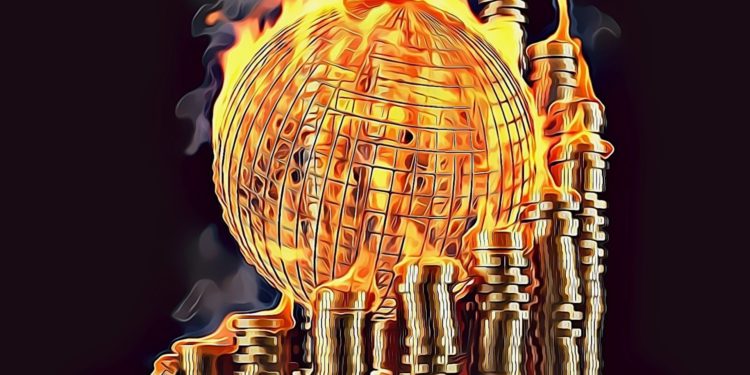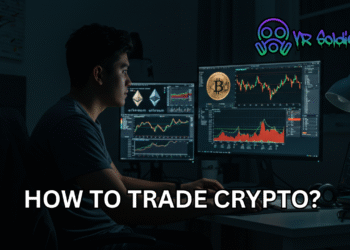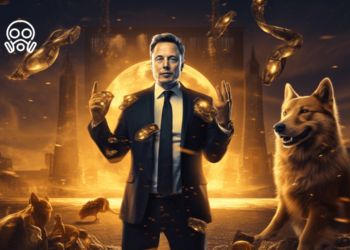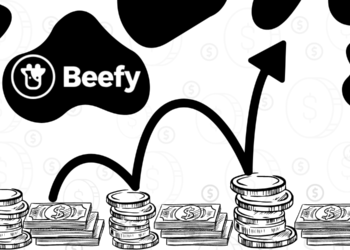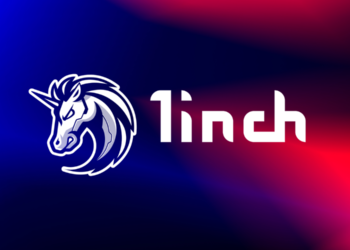Buybacks and burn programs play a crucial role in making a token deflationary, and they are indeed an important aspect to consider in a project’s tokenomics before making an investment. In a buyback, the project team purchases its own tokens from the market, effectively reducing the circulating supply. These buybacks can create a demand-supply imbalance, leading to a potential increase in token value.
Additionally, burn programs involve permanently removing a portion of the token supply from circulation, often through smart contracts. By decreasing the total supply, the token becomes scarcer, which can result in increased scarcity-driven demand and higher prices.
Together, buybacks and burn programs can create a positive feedback loop, where reduced supply leads to higher demand, which, in turn, can drive token value upwards. This deflationary mechanism benefits early investors, as the token’s scarcity may increase over time, potentially leading to capital appreciation.
However, it is important to assess the implementation and execution of these programs within a project. Transparent and well-defined rules for buybacks and burns are crucial to avoid manipulation and ensure investor confidence. Furthermore, one should consider the project’s underlying fundamentals, use case, team credibility, and community support, as buybacks and burns alone cannot guarantee long-term success.
To racap, buybacks and burn programs are essential tools to make a token deflationary, enhancing its potential investment appeal. However, a holistic evaluation of a project’s tokenomics and fundamentals remains crucial before making any investment decisions in the dynamic and ever-evolving cryptocurrency market.
Disclosure: This is not trading or investment advice. Always do your research before buying any cryptocurrency or investing in any service.
Follow us on Twitter @thevrsoldier to stay updated with the latest Crypto, NFT, and Metaverse news!
Image Source: dimdimich/123RF// Image Effects by Colorcinch

